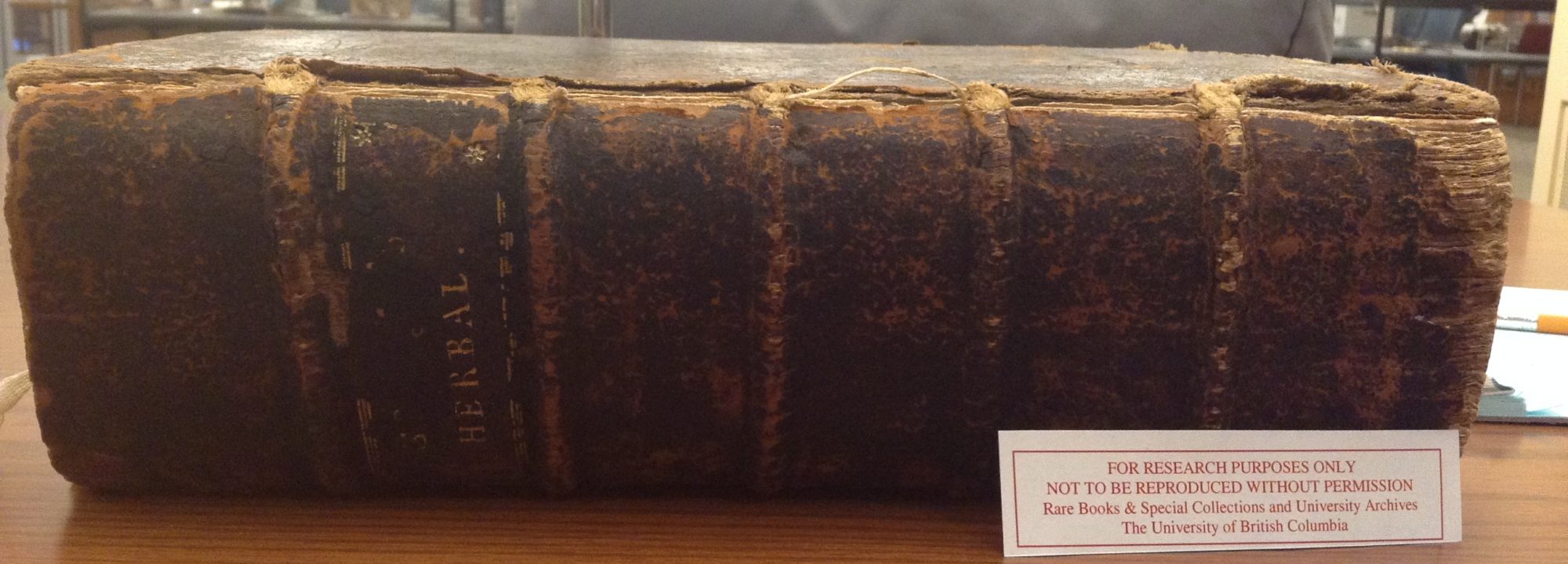I would like to elaborate here on what “sharing” and “borrowing” of information meant in the context of 16th century herbals. During this time, there was an increased interest in what was called “home grown herbalism” in England, where people would grow their own private gardens (Leah Knight, “Of Books and Botany” 8). Plants were distributed in the same way as written communication: seeds and pressed plants could be mailed in envelopes, in addition to written descriptions (Knight 21). In this way, the distribution of plants was “seen as a way of turning private property into a kind of non-textual commonplace” (Knight 21), meaning that herbalistic knowledge was considered “common stock” (78), or public rather than private. It was common at this time for herbals to be compiled under a single name, because it was known that so much of the botanical knowledge was either shared, or cited from ancient texts (78-79).
The print culture surrounding herbals at this time was geared to towards the authentication of “classical inheritance,” (Knight 8; Elliot 24) in addition to the “commonplacing” (Knight 22) of plant knowledge. “Commonplacing” meant making public the invaluable knowledge, which was secluded to elite circles until the 16th century (Knight 77). That is, herbals were usually printed only in Latin, to ensure unlicensed practitioners did not have access to the information (77). Gerard’s work is an example of a text which engages in the herbal print culture of the 16th century, as it is characterized by the author’s correspondence with multiple sources (texts, people, etc…) as well as the fact that it is printed in the vernacular (77).
Works Cited
Elliot, Brent. “The World of The Renaissance Herbal.” Renaissance Studies, vol. 25, no. 1, 2011, pp. 24-41, doi: 10.1111/j.1477-4658.2010.00706.x. Accessed 13 April 2018.
Knight, Leah. Of Books and Botany in Early Modern England: Sixteenth-Century Plants and Print Culture. Surrey, Ashgate Publishing Limited, 2009.
